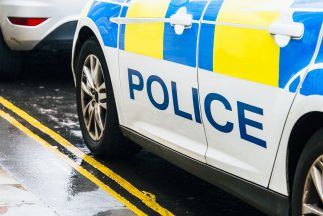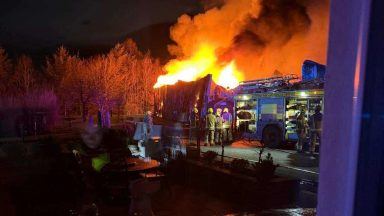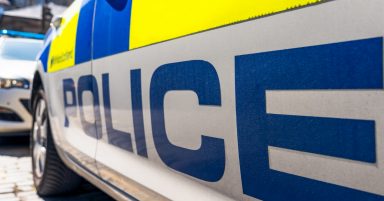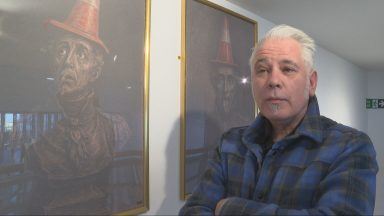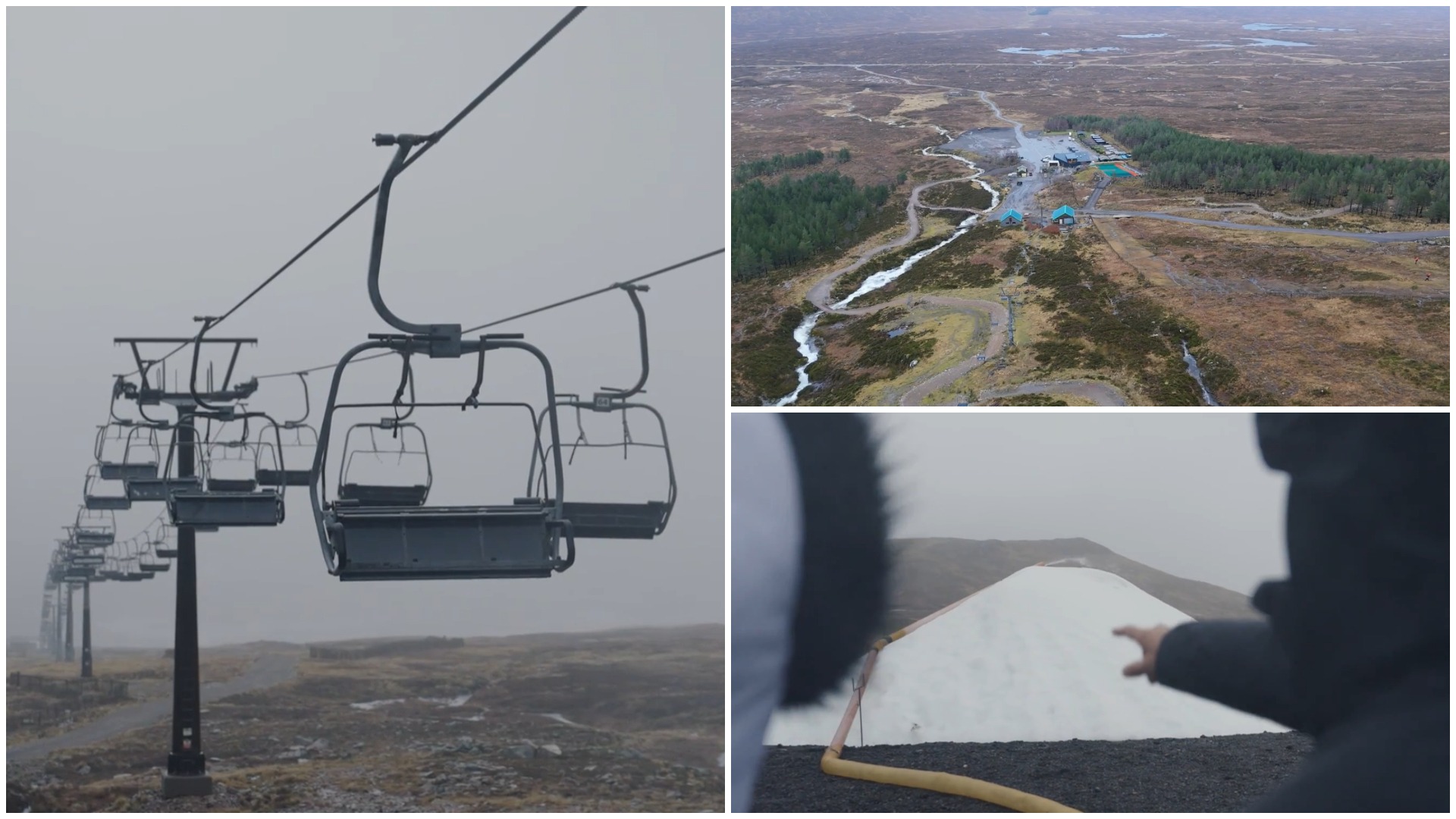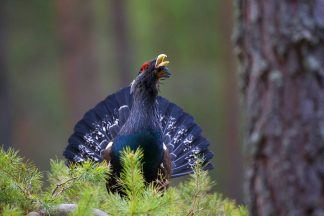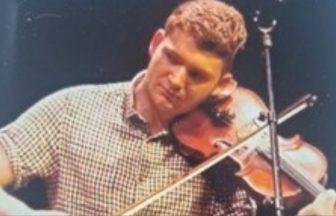The “extinction clock is approaching midnight” for Scotland’s most threatened bird, conservationists have warned.
Capercaillie, the world’s largest grouse, in the UK is confined to the Scottish Highlands, living in fragments of the Caledonian Forest where the Game and Wildlife Conservation Trust (GWCT) say it is in “severe trouble”.
The conservation charity has warned that sharp declines are occurring because fewer chicks hatch and survive in Scotland than elsewhere in their European and Russian range.
In August, GWCT completed its thirty-third consecutive year of capercaillie brood surveys to find a continued decline in breeding success over time.
In 1991, capercaillie numbered approximately 2,200 birds, spread from Argyll and Perthshire to the south and west, Aberdeenshire in the east and Ross-shire in the north.
In comparison, between 300 to 400 birds were recorded this year, with 90% confined to one area of Strathspey in Inverness-shire.
GWCT’s research showed that despite breeding well in good weather, this year only saw an average of 0.4 chicks fledged per female – far below the 0.6 required to maintain numbers.
It could mean complete extinction of the species within the next 30 to 50 years, the trust warned.
“The end is nigh for capercaillie unless we quickly turn around the low chick survival,” said Dr David Baines, GWCT’s head of upland research.
He added that a large contributor of the threat on capercaillie was the increase in pine martens across the country, an animal known to eat the bird’s eggs and chicks – and called for their licensed removal from key capercaillie strongholds.
Will Anderson, chief executive of Seafield and Strathspey estates, explained: “We have been managing and extending our forests to benefit capercaillie for over 30 years and it would appear that neither habitat extent nor quality is limiting their numbers.
“We are concerned that in a year where weather is also unlikely to be a limiting factor, we have such poor brood numbers.”
In February, NatureScot published a report laying out four immediate actions that could be taken in order to protect the bird population.
To increase breeding success, it recommended reducing predation by lethally controlling foxes and crows; translocating legally protected pine martens from capercaillie forests; and by providing remaining predators with alternative diversionary food.
Mr Anderson continued: “We carry out legal predator control but there is no mechanism available to us for managing the impacts of protected predators and we await the response to the ministerial briefing, following the NatureScot report, for guidance on what further steps we can take to halt the decline of this important component of our pinewood habitats.”
Rory Kennedy, director of GWCT Scotland, said: “NatureScot’s Scientific Advisory Committee provided a bold, evidence-based road map for saving the last of our capercaillie.
“If public bodies and private landowners now choose to ignore its recommendations then they need to be held accountable for the inevitable extinction of this species in Scotland.”
Follow STV News on WhatsApp
Scan the QR code on your mobile device for all the latest news from around the country


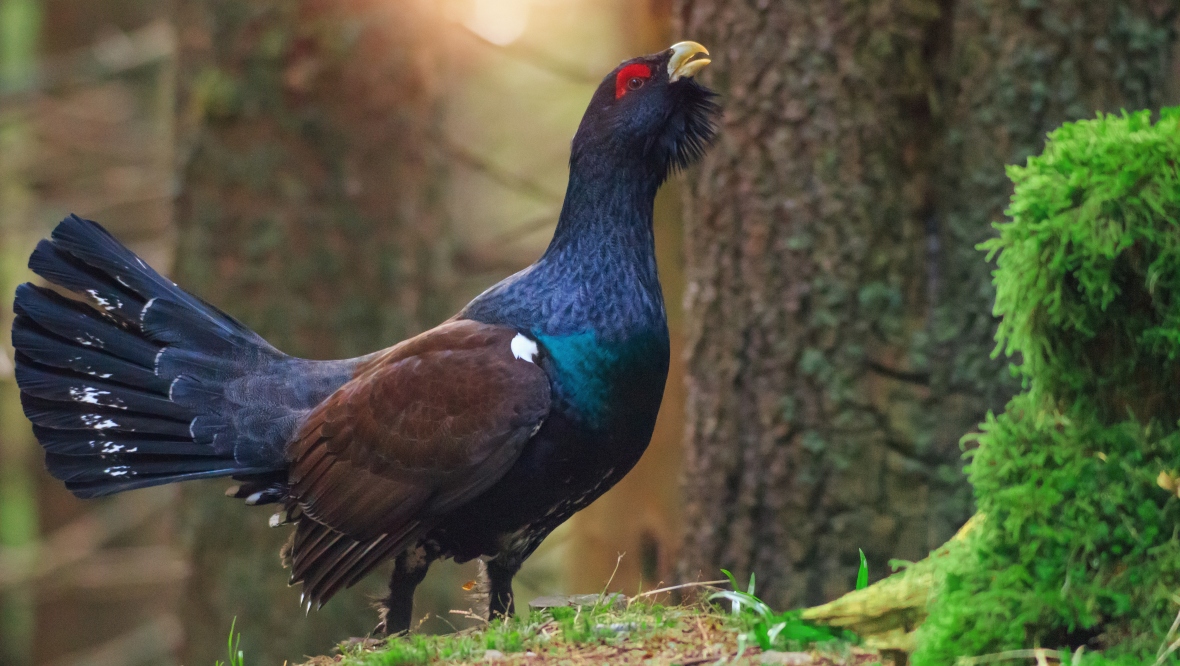 iStock
iStock





